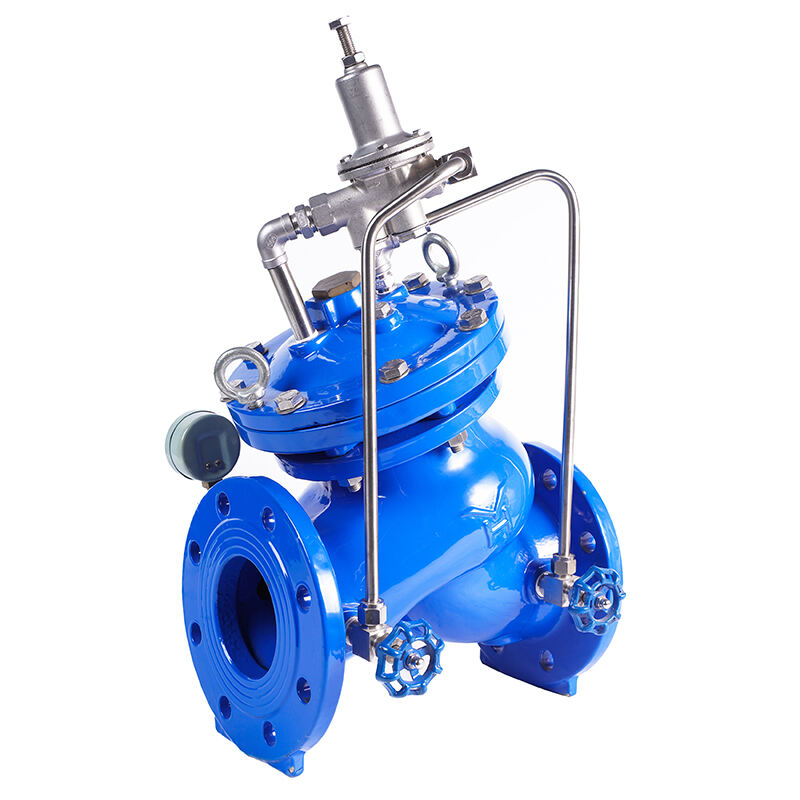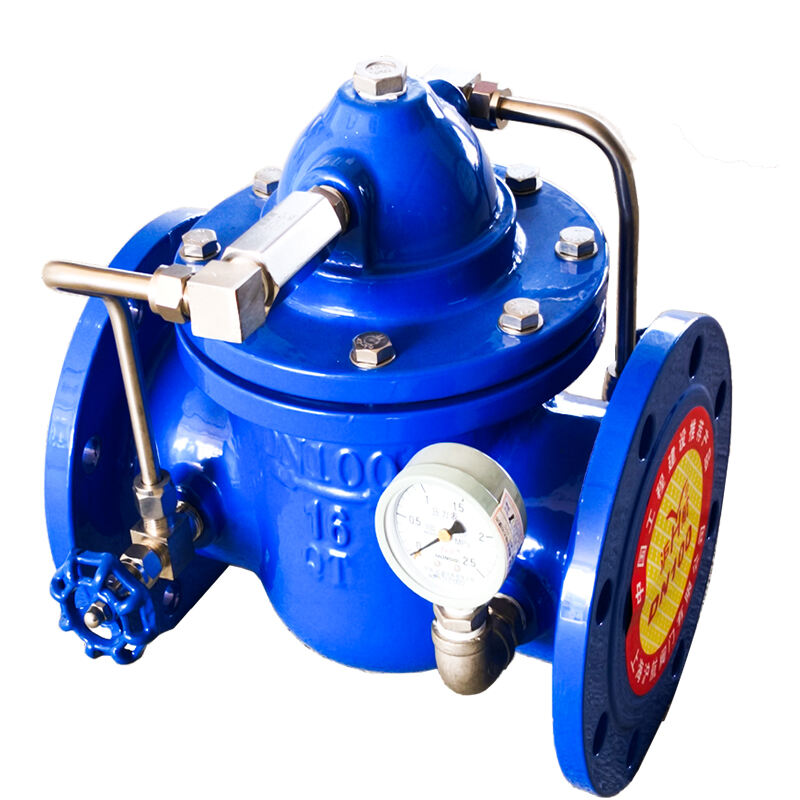air pressure reducing valve
An air pressure reducing valve is a vital component in pneumatic systems that maintains consistent downstream pressure regardless of fluctuations in upstream pressure. This precision-engineered device automatically adjusts to varying inlet pressures while delivering a steady, regulated output pressure essential for optimal equipment operation. The valve employs a sophisticated diaphragm and spring mechanism that responds to pressure changes, making real-time adjustments to maintain the desired downstream pressure level. These valves are designed with durability in mind, featuring high-grade materials that resist wear and corrosion, ensuring long-term reliability in industrial applications. They incorporate advanced pressure sensing technology that enables precise control over air pressure delivery, making them indispensable in manufacturing processes, pneumatic tools, and automated systems. The valve's modular design allows for easy maintenance and replacement of components, while its compact form factor enables installation in space-constrained environments. Modern air pressure reducing valves often include additional features such as pressure gauges, adjustment mechanisms, and safety relief functions, providing comprehensive pressure management solutions for various industrial applications.


